Click on images to enlarge
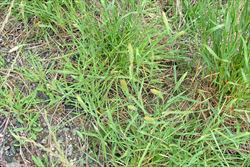
infestation (Photo: Sheldon Navie)
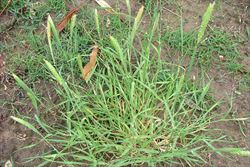
habit (Photo: Sheldon Navie)

stem and lower leaves (Photo: Sheldon Navie)
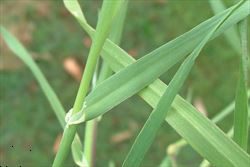
close-up of ligule and base of leaf blade (Photo: Sheldon Navie)

seed-heads (Photo: Sheldon Navie)
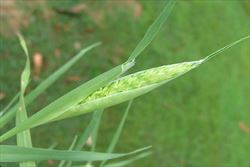
young-seed-head enclosed in subtending leaf (Photo: Sheldon Navie)
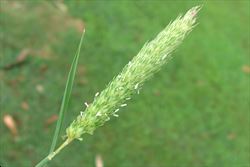
seed-head in flower (Photo: Sheldon Navie)

close-up of immature seed-head (Photo: Sheldon Navie)
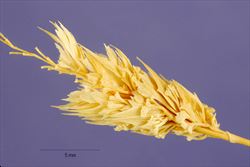
close-up of mature seed-head (Photo: Jose Hernandez at USDA PLANTS Database)

close-up of 'seeds' (Photo: Jose Hernandez at USDA PLANTS Database)
Scientific Name
Phalaris paradoxa L.
Family
Gramineae (South Australia)Poaceae (Queensland, New South Wales, the ACT, Victoria, Tasmania, Western Australia and the Northern Territory)
Common Names
annual canarygrass, awned canary grass, awned canary-grass, bristle spiked canarygrass, hood canary grass, hood canary-grass, hood canarygrass, Mediterranean canary grass, paradox canary-grass, paradoxa grass, paradoxical canary grass, paradoxical canarygrass
Origin
Native to northern Africa (i.e. Algeria, Egypt, Libya, Morocco and Tunisia), the Madeira Islands, the Canary Islands, southern Europe (i.e. France, Portugal, Spain, Albania, Greece, Italy and Yugoslavia) and western Asia.
Naturalised Distribution
Widely naturalised in southern and eastern Australia (i.e. in southern and central Queensland, New South Wales, Victoria, Tasmania, many parts of South Australia and the southern and western parts of Western Australia).
Also widely naturalised overseas, including in the USA and Hawaii.
Notes
Paradoxa grass (Phalaris paradoxa) is a common weed of crops in the temperate regions of Australia, however it is also regarded as an environmental weed in Victoria.

